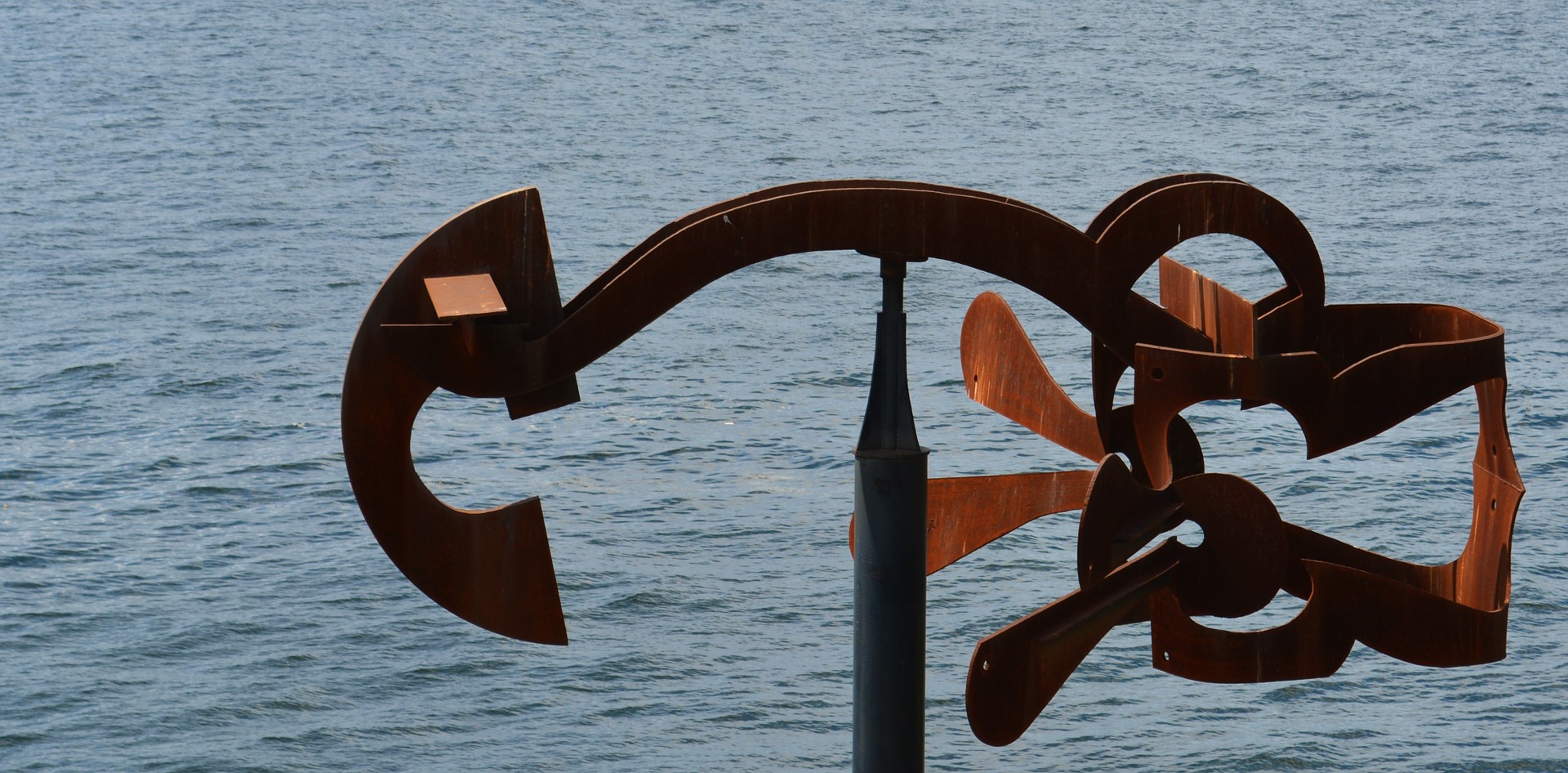Olympic Sculpture Park
The Olympic Sculpture Park, created and operated by the Seattle Art Museum, is a park, free and open to the public, in Seattle, Washington that opened on January 20, 2007. The park consists of a 9-acre outdoor sculpture museum and beach. The park’s lead designer was Weiss/Manfredi Architects, who collaborated with Charles Anderson Landscape Architecture, Magnusson Klemencic Associates and other consultants. It is situated at the northern end of the Seattle seawall and the southern end of Myrtle Edwards Park. The former industrial site was occupied by the oil and gas corporation Unocal until the 1970s and subsequently became a contaminated brownfield before the Seattle Art Museum proposed to transform the area into one of the only green spaces in Downtown Seattle. As a free-admission outdoor sculpture park with both permanent and visiting installations, it is a unique institution in the United States. The idea of green space for large, monumental sculpture in Seattle was first discussed between Virginia and Bagley Wright, Mary and Jon Shirley , and then Seattle Art Museum director Mimi Gardner Gates. The idea grew further during a discussion in 1996 between Robert Measures, Martha Wyckoff, and Mimi Gardner Gates while stranded on a fly fishing trip in Mongolia due to a helicopter crash. Wyckoff, being a trustee of the Trust for Public Land, soon after began an effort to identify possible locations for the park.A $30 million gift from Mary and Jon Shirley established them as foundational donors. As part of constructing the sculpture park, $5.7 million were spent transforming 1,000 feet of the seawall and underwater shoreline inside Myrtle Edwards park. A three level underwater slope was built with 50,000 tonnes of riprap. The first level of the slope is large rocks to break up waves. The second is a flat "bench" level to recreate an intertidal zone. The lower level is covered with smaller rocks designed to attract sealife and large kelp. It is hoped that this recreated strand will help revitalise juvenile salmon from the Duwamish River and serve as a test for future efforts.Maintenance of the sculptures has been an ongoing challenge. Bordering the Puget Sound, a large body of salt water, the park environment has been corrosive to pieces like Bunyon’s Chess, made primarily of exposed wood and metal. Tall painted pieces such as Eagle need to be watched for damage from birds and their waste. Maintenance of these large structures is expensive, requiring scaffolding or boom lifts. The paint on Eagle is also easily damaged by the mechanical clipping of grass near the base of its installation, requiring the gardeners to use scissors instead of a lawn mower near the sculpture. Conservation work on Bunyon’s Chess was completed by the museum in 2018.The Seattle Art Museum regularly presents temporary, site-specific works at the Olympic Sculpture Park, including Victoria Haven’s Blue Sun ; Spencer Finch’s The Western Mystery ; and the newest installation Octopus Wrap , by Brazilian artist Regina Silveira.
More details: https://en.wikipedia.org/wiki/Olympic_Sculpture_Park



